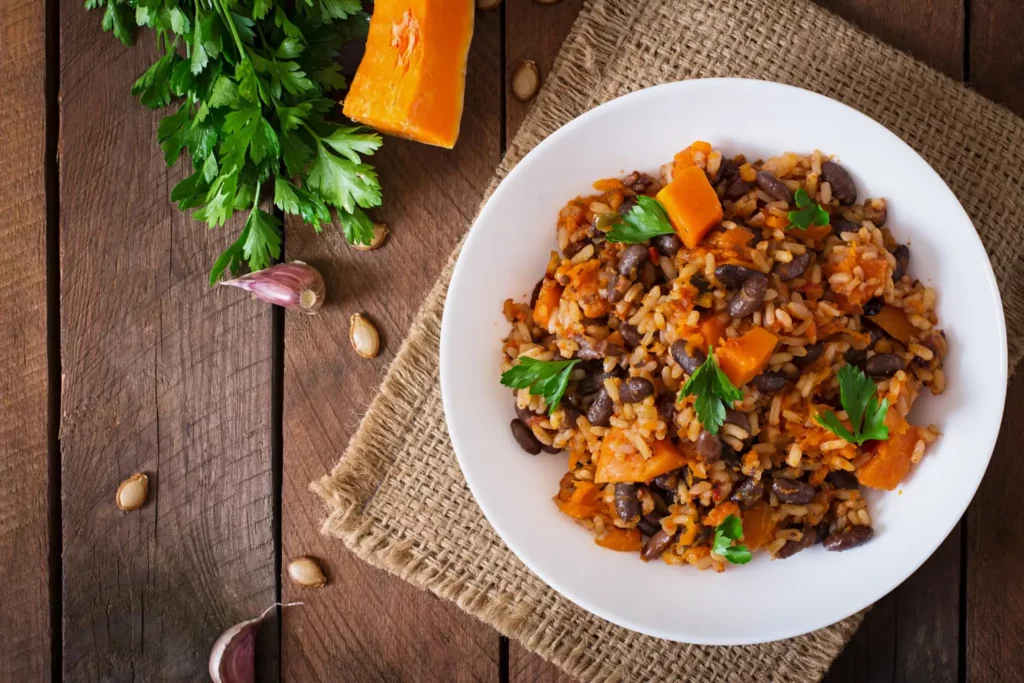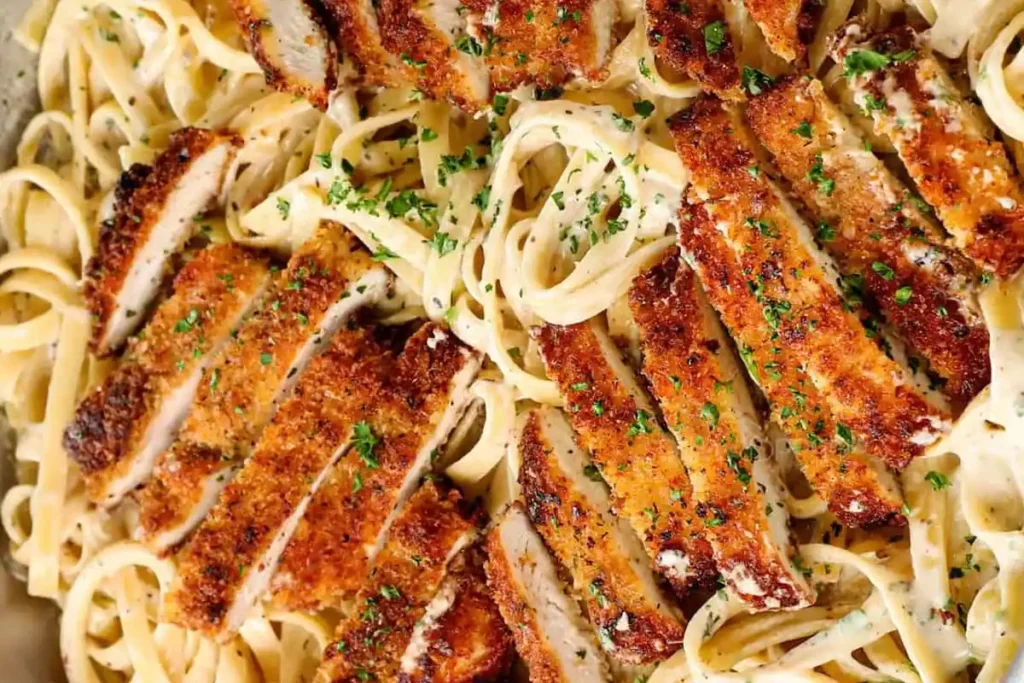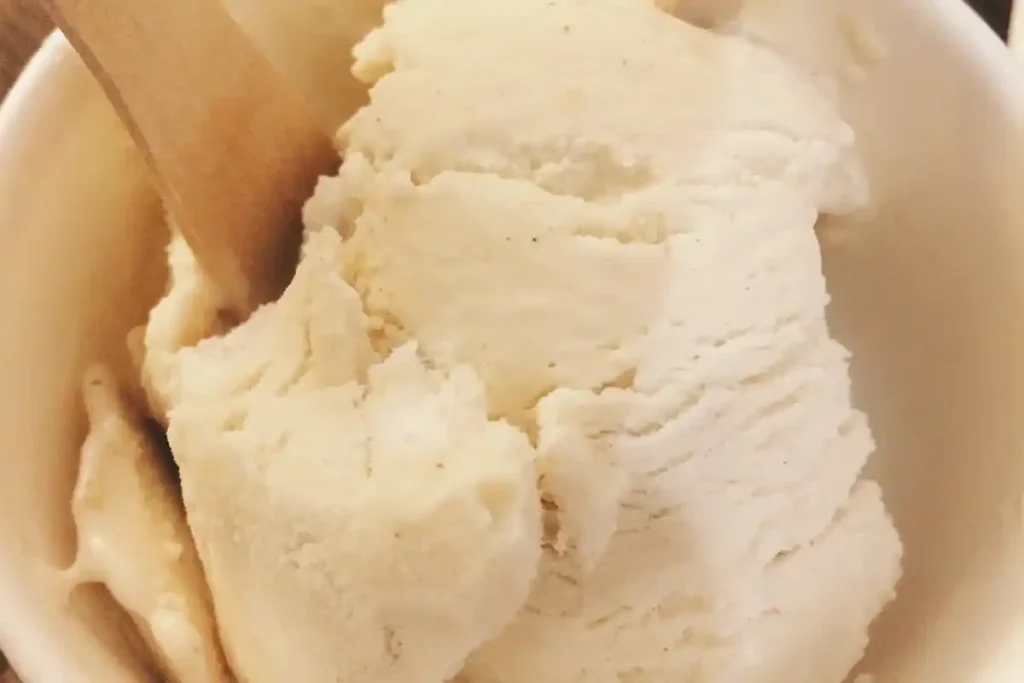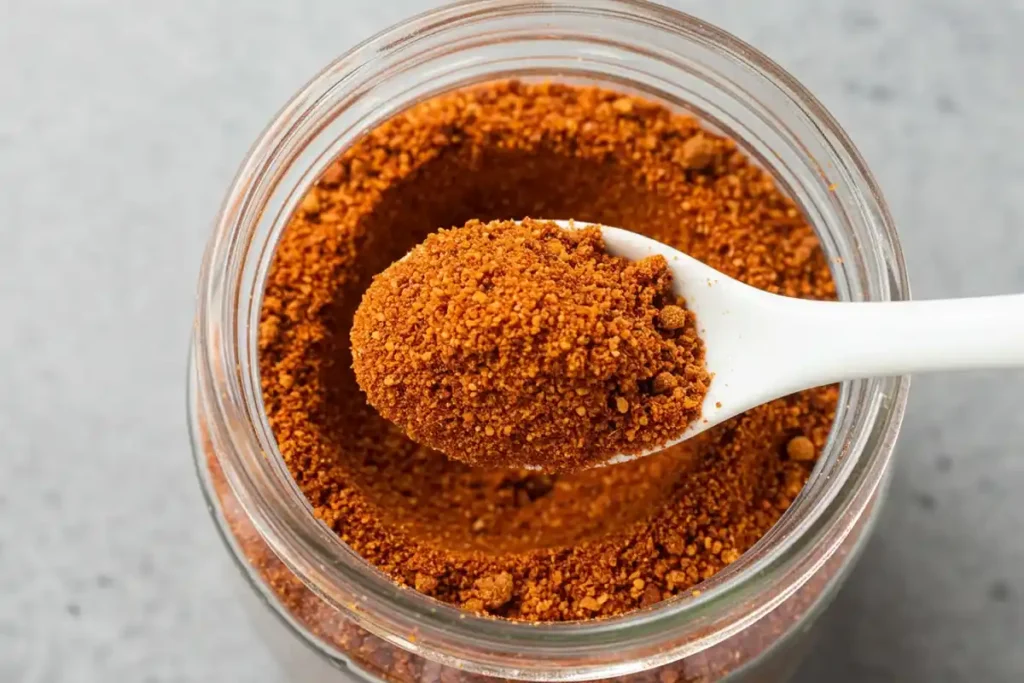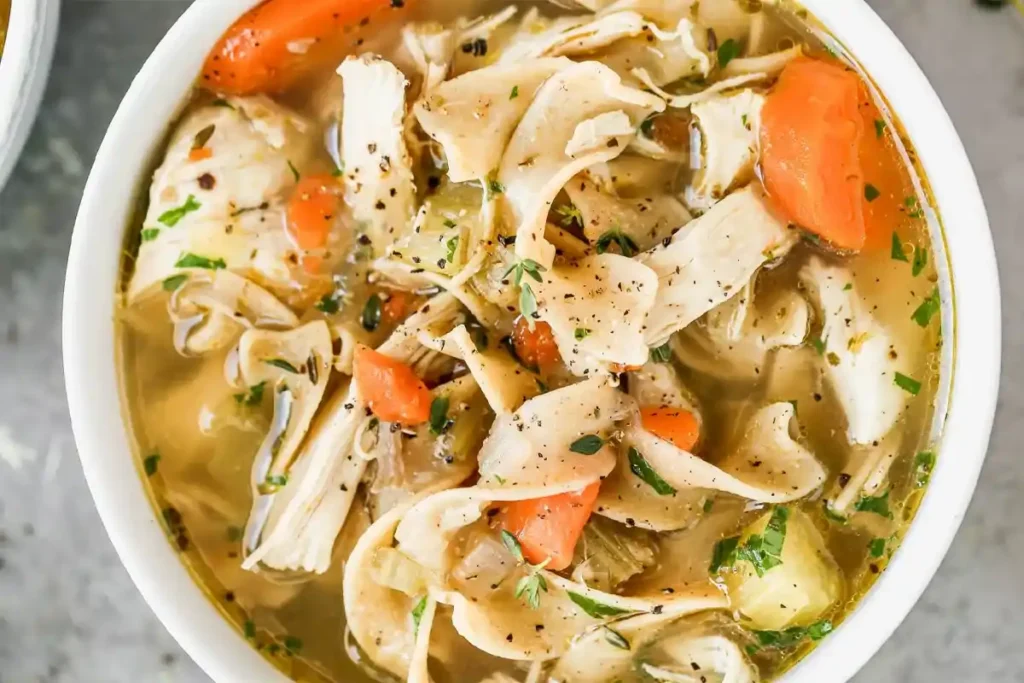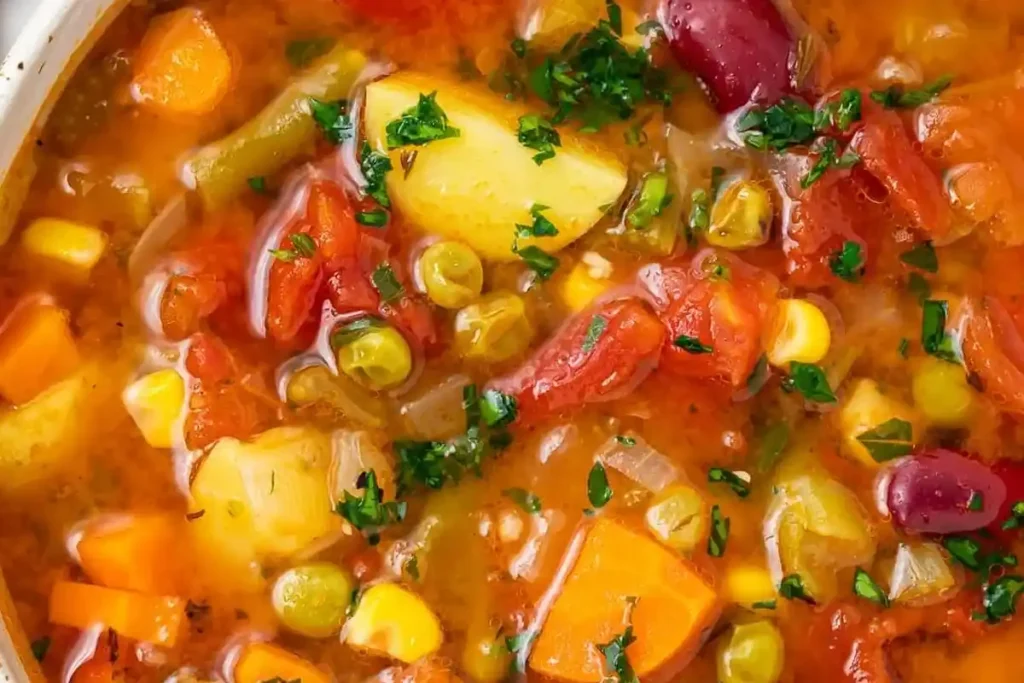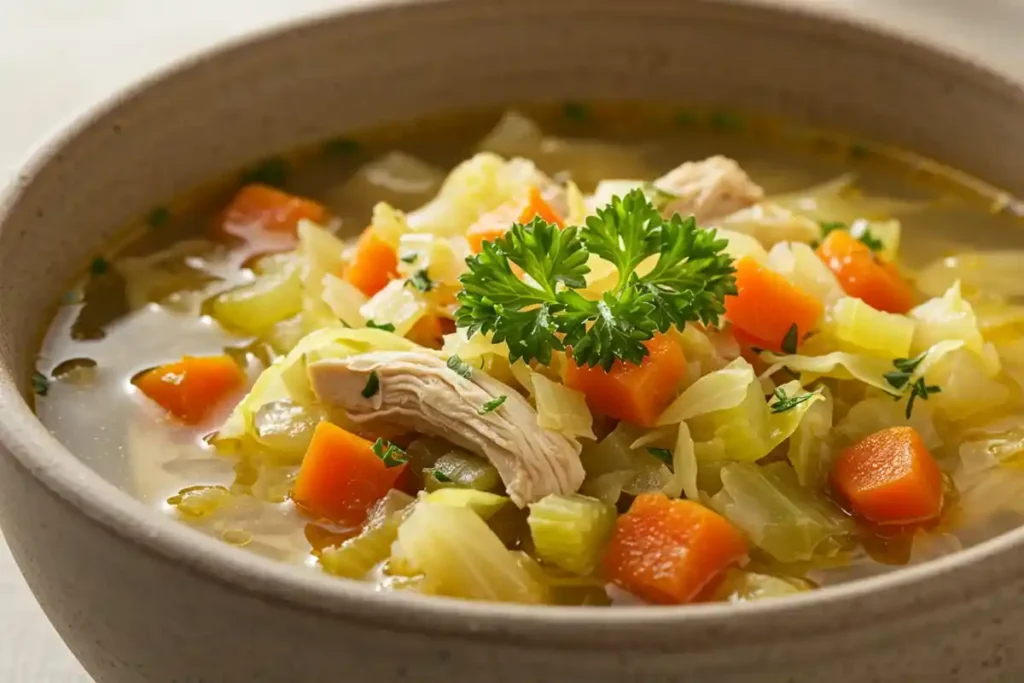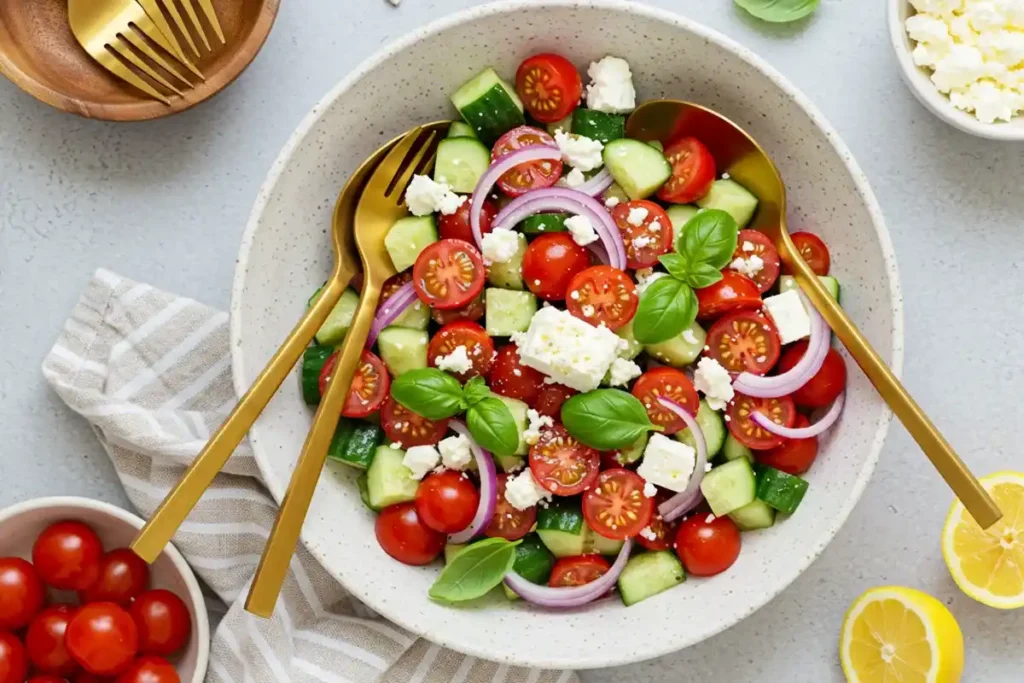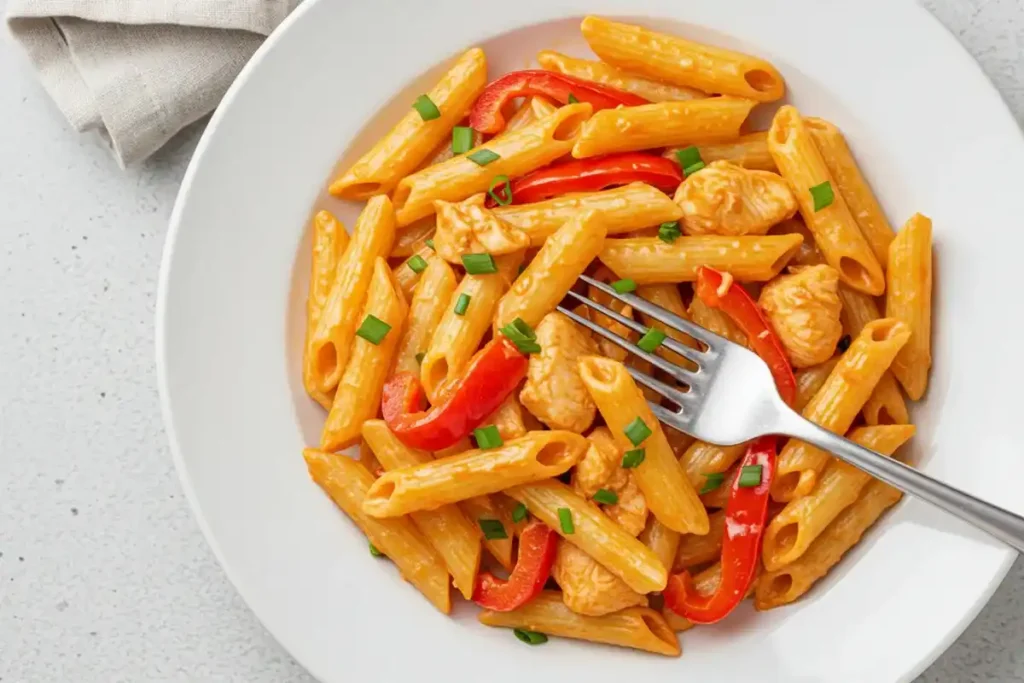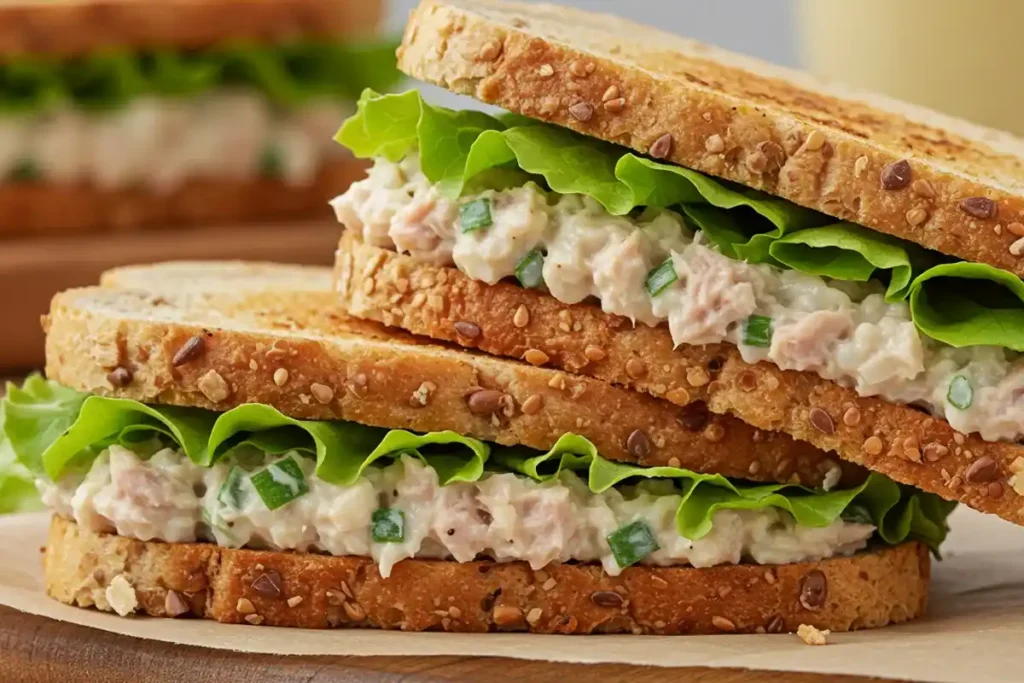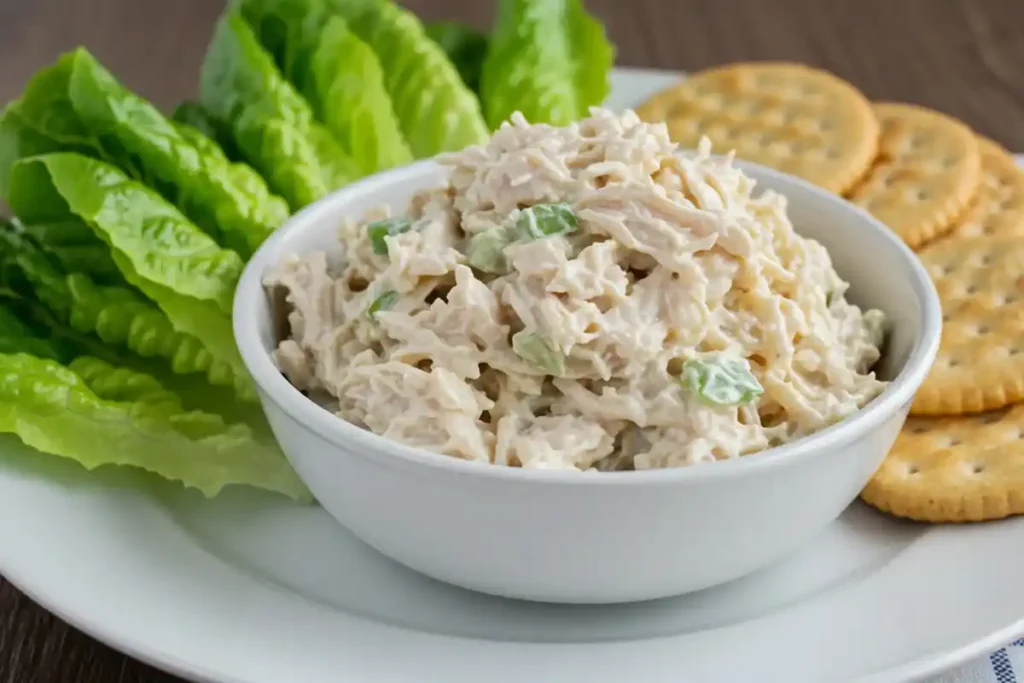Discover the art of making the perfect red rice recipe! This guide takes you on a flavorful journey through red rice’s culinary significance, health benefits, and diverse variations. Whether you’re a beginner or an experienced home cook, this recipe will elevate your cooking game. Let’s dive into the wholesome world of red rice.
Part 1: Introduction to Red Rice and Its Culinary Significance
What is Red Rice?
Red rice is a unique variety of whole-grain rice that boasts a rich, nutty flavor and a striking red hue due to its anthocyanin content. It’s commonly grown in regions like Southeast Asia, the Himalayas, and parts of Africa. Unlike polished white rice, red rice retains its outer bran layer, making it a healthier and more nutrient-packed option.
This versatile grain is a staple in many traditional cuisines and pairs beautifully with various dishes, from stir-fries to curries. Its slightly chewy texture adds a delightful twist to your meals, making it a must-try for anyone exploring healthy yet flavorful options.
Nutritional Benefits of Red Rice
Why is red rice a standout choice? For starters, it’s a powerhouse of nutrition. Packed with fiber, iron, and B vitamins, it supports digestion, improves heart health, and boosts immunity. The high antioxidant content, derived from its natural red pigment, helps fight free radicals in the body, promoting overall well-being.
Additionally, red rice has a low glycemic index, making it a fantastic choice for managing blood sugar levels. It’s also naturally gluten-free, catering to those with dietary restrictions. Incorporating red rice into your meals is a delicious way to nourish your body while enjoying a burst of earthy flavors.
Part 2: Ingredients and Tools Required for Red Rice Recipe
Essential Ingredients for Red Rice
Creating the perfect red rice recipe starts with high-quality ingredients. Here’s what you’ll need:
- Red rice: The star of the show. Opt for whole-grain red rice for its nutty flavor and rich nutrition.
- Onion and garlic: These aromatics enhance the depth of the dish.
- Vegetable or chicken broth: A flavorful base for cooking rice instead of plain water.
- Olive oil or butter: For sautéing and adding richness.
- Spices and herbs: Common additions include bay leaves, cumin, or thyme for an aromatic twist.
- Vegetables (optional): Carrots, peas, or bell peppers for a colorful and nutritious mix.
Optional Ingredients for Variations
Want to add a personal touch to your red rice recipe? Try these extras:
- Protein options: Add diced chicken, shrimp, or tofu for a hearty meal.
- Spicy kick: Include chili flakes or jalapeños for heat.
- Nuts and dried fruits: Almonds or raisins add texture and a hint of sweetness.
Tools and Utensils You’ll Need
Cooking red rice doesn’t require fancy tools, but having the right ones ensures success:
- A medium-sized pot or rice cooker: For even cooking.
- Knife and cutting board: For prepping aromatics and vegetables.
- Measuring cups and spoons: For precise ingredient ratios.
- Wooden spoon: Gentle on cookware and perfect for stirring.
Check out this comprehensive guide to rice recipes for more inspiration.
Part 3: Step-by-Step Guide to Making Red Rice
Preparation of Ingredients
Start by prepping your ingredients to save time during cooking:
- Rinse the rice: Wash thoroughly under cold water to remove excess starch and impurities.
- Chop vegetables and aromatics: Dice onions, garlic, and any chosen vegetables for uniform cooking.
- Measure spices and broth: Keep all ingredients handy to streamline the process.
Cooking Techniques for Perfect Red Rice
There are multiple ways to cook red rice, but these methods ensure perfection:
Stovetop Method:
- Heat oil or butter in a pot and sauté onions and garlic until fragrant.
- Add the rice and toast it lightly to enhance its nutty flavor.
- Pour in the broth, followed by spices and herbs, and bring to a boil.
- Lower the heat, cover, and simmer for 30-40 minutes until the rice is tender.
Rice Cooker Method:
- Add rinsed rice, broth, and seasonings directly into the rice cooker.
- Let the machine handle the cooking for a fuss-free experience.
Adding Flavor: Spices and Broths
To elevate your red rice recipe, consider these flavor-boosting tips:
- Use infused broths (like garlic or herb-infused) for more depth.
- Add a splash of lime juice or soy sauce after cooking for a zesty or umami finish.
Serving Suggestions
Red rice pairs beautifully with both vegetarian and meat-based dishes:
- Serve alongside grilled chicken or fish for a balanced meal.
- Top with sautéed vegetables and fresh herbs for a vibrant, plant-based plate.
Explore more rice-based creations for additional meal ideas.
Part 4: Variations of Red Rice Recipes
Vegetarian Red Rice Recipes
For those who prefer plant-based meals, there are countless ways to prepare a red rice recipe that’s both delicious and vegetarian-friendly.
- Classic Veggie Red Rice: Sauté onions, garlic, bell peppers, and tomatoes before mixing them with cooked red rice. Add a sprinkle of cumin and paprika for a smoky touch.
- Mediterranean Twist: Combine red rice with roasted eggplant, zucchini, and sun-dried tomatoes. Drizzle olive oil and finish with a handful of crumbled feta cheese for a Mediterranean flair.
- Thai-Inspired Red Rice: Stir-fry red rice with coconut milk, lemongrass, and kaffir lime leaves for a fragrant dish. Toss in fresh basil and cilantro to enhance the flavors.
Red Rice with Protein Options
Adding protein transforms red rice into a hearty, filling main course.
- Chicken and Red Rice: Cook diced chicken breast in a skillet with garlic and ginger, then mix with cooked red rice. Season with soy sauce and sesame oil for an Asian-inspired twist.
- Shrimp Jambalaya: For a Creole flair, sauté shrimp with bell peppers, celery, and Cajun spices. Combine with red rice and simmer in a flavorful tomato base.
- Tofu and Veggie Red Rice: Stir-fry firm tofu cubes with sesame oil, garlic, and broccoli. Add cooked red rice and finish with a splash of tamari for a vegan-friendly option.
Regional Variations of Red Rice
Red rice recipes vary widely across cultures, offering a glimpse into culinary traditions worldwide:
- Indian Spiced Red Rice: Add turmeric, garam masala, and cumin seeds to the rice for a vibrant and aromatic dish.
- Spanish Red Rice (Arroz Rojo): Simmer red rice with tomato paste, garlic, and smoked paprika for a classic Spanish side dish.
- South American Chimichurri Red Rice: Toss cooked red rice with fresh chimichurri sauce for a tangy, herby flavor.
For more creative rice recipes, explore this guide to rice variations.
Part 5: Tips and Common Mistakes to Avoid
Pro Tips for Cooking Red Rice
Perfecting your red rice recipe requires a few handy tips to enhance texture and flavor:
- Rinse thoroughly: Always rinse red rice to remove excess starch and prevent it from becoming sticky.
- Soak before cooking: Soaking for at least 30 minutes shortens cooking time and results in fluffier rice.
- Use the right water ratio: Typically, red rice requires 2 ½ cups of water for every cup of rice. Adjust based on the method and desired texture.
Common Pitfalls and How to Avoid Them
Avoid these mistakes to ensure your red rice recipe turns out perfectly every time:
- Skipping the rinse: This can lead to clumpy, overly sticky rice.
- Under-seasoning: Red rice has a robust flavor that benefits from bold seasonings like garlic, herbs, or spices.
- Overcooking: Red rice can become mushy if cooked for too long. Stick to the suggested cooking time for optimal texture.
If you’re seeking more tips to elevate your cooking, check out additional guides on the recipes page.
Part 7: FAQs About Red Rice Recipe
What is the difference between red rice and white rice?
The primary distinction lies in the processing and nutrient content. White rice is polished and stripped of its outer bran and germ, which removes most of its nutrients, leaving it primarily a source of carbohydrates. Red rice, on the other hand, retains its bran layer, making it a whole-grain option rich in fiber, vitamins, and minerals.
Nutritionally, red rice is a superior choice due to its higher levels of antioxidants, iron, and magnesium. This makes it particularly beneficial for maintaining good heart health, managing blood sugar levels, and boosting overall energy. Its natural red color comes from anthocyanins, which are powerful antioxidants not found in white rice.
Can I substitute red rice for white rice in recipes?
Yes, but with some adjustments. Red rice takes longer to cook and requires more water than white rice. If a recipe calls for white rice, you can replace it with red rice by soaking the rice beforehand and increasing the cooking time.
For example, in stir-fry recipes, cook the red rice separately until tender, then toss it with your chosen vegetables and protein. The firm texture of red rice works wonderfully in salads, pilafs, and even soups, adding both flavor and a hearty chew.
How do I store leftover red rice?
Leftover red rice recipe dishes can be stored easily for future meals. Here’s how:
- Cool thoroughly: Let the rice come to room temperature before storing.
- Use airtight containers: Seal it tightly to prevent drying out.
- Refrigerate or freeze: Store in the refrigerator for up to four days or freeze for up to a month.
When reheating, sprinkle a small amount of water over the rice to maintain its moisture and texture. This method works well whether you’re using a microwave, stovetop, or steamer.
How is red rice different from other types of rice?
Red rice is unique not just in its color but also in its nutritional benefits and cooking profile. It has a nuttier flavor and chewier texture compared to white or brown rice. Unlike black rice, which has a sweeter undertone, red rice offers a more earthy, robust taste. This makes it an excellent base for savory dishes.
Additionally, red rice has a higher iron content compared to many other rice varieties, making it a go-to choice for those looking to combat anemia or increase their daily iron intake.
What are the health benefits of red rice?
Red rice is a nutritional powerhouse, offering several health advantages:
- Heart health: The fiber in red rice helps lower cholesterol levels and reduce the risk of cardiovascular diseases.
- Weight management: Its high fiber content promotes satiety, helping you feel full longer.
- Blood sugar regulation: With a low glycemic index, red rice is ideal for managing blood sugar levels, making it a great choice for people with diabetes.
- Rich in antioxidants: Anthocyanins in red rice protect against oxidative stress, supporting better overall health.
Can red rice be used in desserts?
Absolutely! While it’s commonly used in savory dishes, red rice’s natural nutty flavor and chewy texture also lend themselves beautifully to desserts. In Asian cuisine, red rice is often cooked with coconut milk and sweetened with palm sugar to create a creamy, pudding-like dessert. You can also try adding cooked red rice to smoothies or baking it into rice puddings with cinnamon and raisins for a unique twist.
How does red rice support dietary restrictions?
Red rice is naturally gluten-free, making it an excellent option for individuals with gluten intolerance or celiac disease. Its high nutrient profile also makes it suitable for vegan, vegetarian, and clean-eating diets. Because it is unprocessed and whole-grain, it aligns perfectly with diets focused on whole, minimally processed foods.
What dishes pair well with red rice?
The possibilities are endless when it comes to pairing dishes with red rice. Here are a few ideas:
- Grilled proteins: Red rice pairs beautifully with grilled chicken, fish, or tofu.
- Vegetable sides: Sautéed greens, roasted root vegetables, or a fresh salad complement red rice’s earthy flavor.
- Spicy curries: The robust texture of red rice holds up well against rich, spicy curries like tikka masala or Thai green curry.
- Simple stir-fries: Add red rice to a wok with mixed vegetables, soy sauce, and sesame oil for a quick and healthy meal.
Is red rice easy to cook for beginners?
Yes, cooking a red rice recipe is beginner-friendly, provided you follow some key tips:
- Measure water correctly: Red rice usually requires more water than white rice. A general ratio is 2 ½ cups of water for every cup of rice.
- Cook low and slow: Red rice takes longer to cook, so patience is essential. Simmering on low heat ensures even cooking.
- Use a rice cooker: For a hassle-free experience, a rice cooker is ideal. Simply set it and let it work its magic.
For more tips and recipe inspiration, explore our collection of easy and creative rice recipes!
